MVP Construction in Peters Mountain Area
Construction of the Mountain Valley Pipeline is set to begin on October 26, 2023 in the vicinity of Symms Gap on the crest of Peters Mountain (NOBO mile 649.1) along the Appalachian Trail. For public safety, the U.S. Forest Service (USFS) has implemented a closure order that includes the area immediately surrounding the footpath through the construction zone. The AT footpath will remain open, but hikers are prohibited from stopping or loitering in the area covered by the closure order and temporary construction fencing will be installed along either side of the Trail.
Hikers may see lights or hear construction sounds in the vicinity of the construction zone.
Hikers should plan to hike continuously through the construction zone and follow all directions from posted signs and pipeline or USFS staff. For more information, contact the Jefferson National Forest’s Mountain Valley Pipeline Project at 1-888-603-0261. To view the closure order and accompanying map, visit the George Washington & Jefferson National Forests’ website and click on Closure Order – Peters Mountain Right-of-Way for the order information or the subordinate bullet Map of closure area for a map of the area.
Any questions should be directed to the USFS MVP Project at 1-888-603-0261.

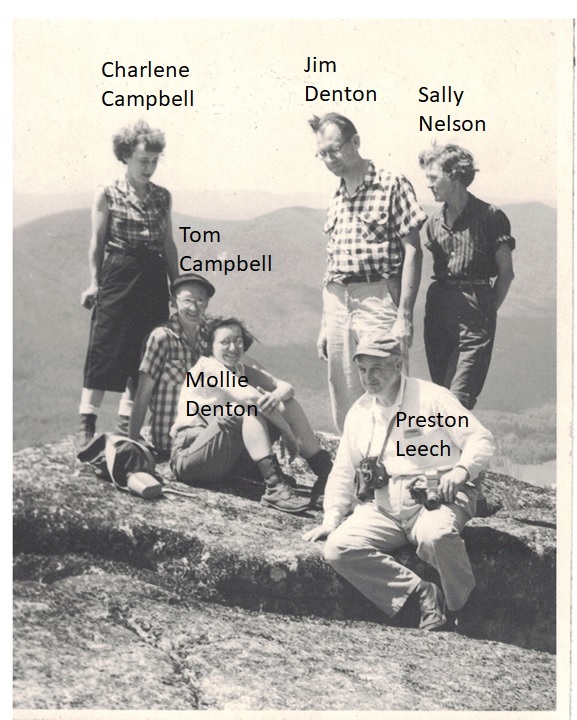
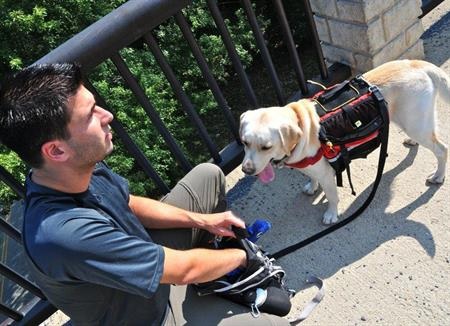 We love our dogs, and they love us. Should you hike together? If so, what common sense rules and actual regulations need to be kept in mind?
We love our dogs, and they love us. Should you hike together? If so, what common sense rules and actual regulations need to be kept in mind?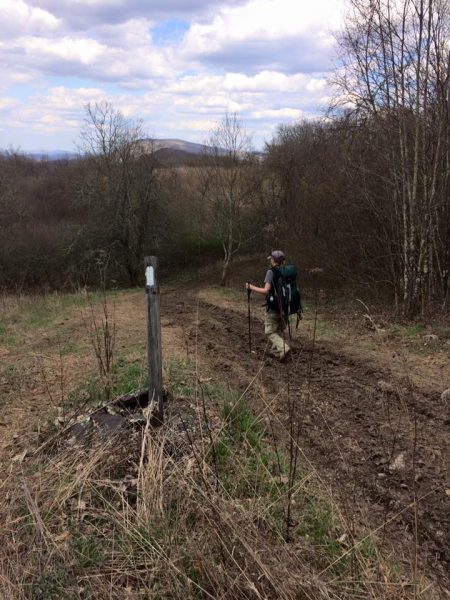 The rules about vehicles on the Appalachian Trail are very clear. You can’t ride a bicycle on it. Nor
The rules about vehicles on the Appalachian Trail are very clear. You can’t ride a bicycle on it. Nor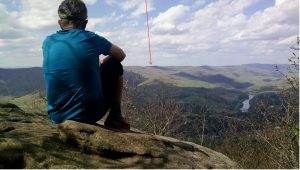 Are you tired of partisan bickering? Join us at 10:30 am tomorrow for a bipartisan celebration of the Appalachian Trail at the
Are you tired of partisan bickering? Join us at 10:30 am tomorrow for a bipartisan celebration of the Appalachian Trail at the 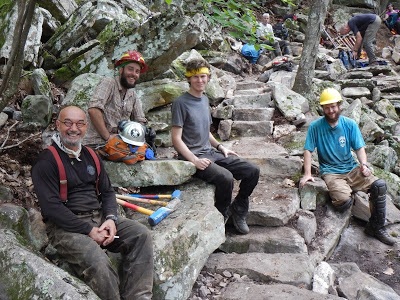 Are you ready to learn new awesome trail building skills? Then the Konnarock volunteer trail crew is perfect for you. No prior experience is necessary, just a desire to help maintain the Appalachian Trail and bond with other volunteers from all around the country. Within the 120 mile stretch of the A.T. near Roanoke, Konnarock has constructed and repaired portions of the A.T. with the help of hundreds of volunteers, but there is always more work to be done. More steps to be added and trails to be widened. Konnarock volunteers learn the significance of trail maintenance out on the A.T., and all the hard work that goes into preserving the land for years to come. Konnarock runs from May 3rd to August 9th with each work week running over the weekend allowing individuals to take minimal work time off during the week. The Appalachian Trail receives around 2 – 3 million visitors every year, but without the hard work of trail volunteers that growing number wouldn’t be possible.
Are you ready to learn new awesome trail building skills? Then the Konnarock volunteer trail crew is perfect for you. No prior experience is necessary, just a desire to help maintain the Appalachian Trail and bond with other volunteers from all around the country. Within the 120 mile stretch of the A.T. near Roanoke, Konnarock has constructed and repaired portions of the A.T. with the help of hundreds of volunteers, but there is always more work to be done. More steps to be added and trails to be widened. Konnarock volunteers learn the significance of trail maintenance out on the A.T., and all the hard work that goes into preserving the land for years to come. Konnarock runs from May 3rd to August 9th with each work week running over the weekend allowing individuals to take minimal work time off during the week. The Appalachian Trail receives around 2 – 3 million visitors every year, but without the hard work of trail volunteers that growing number wouldn’t be possible.